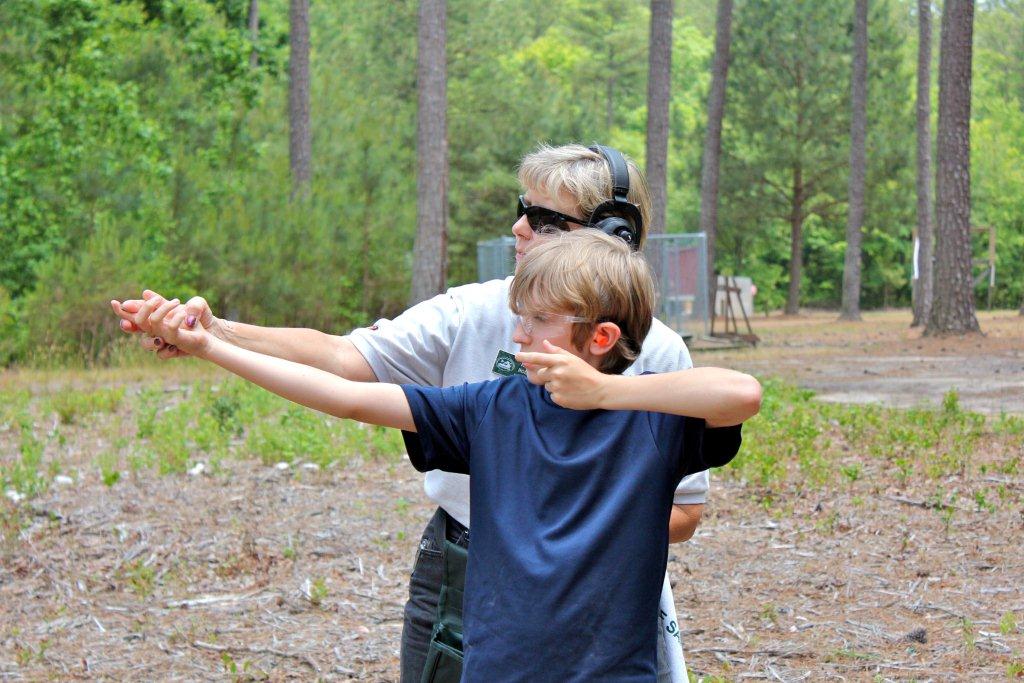Learn to Move… Move to Learn!
David A. Sousa, Ed. D. wrote a book titled ‘How the Brain Learns’. What a wealth of information for anyone desiring to become a more effective teacher. His work involves the science of how a student’s brain learns and retains new information for short term and long term memory. After reading the book from cover to cover, I wondered if we, as instructors could adapt some of the ideas to hunter education classes and field day exercises. I looked to the section of the book using movement to enhance learning and found the hunter education manuals to be full of scenarios that have opportunities to incorporate movement. We must first understand what movement will accomplish for us:

- It involves the students’ sensory inputs of hearing, seeing, touching and smell.
- Increases interest because students will practice skills they will use while hunting.
- In some cases, it will reinforce prior learning with new experiences.
- It will lead to long-term memory recall of skills or attitudes.
- Movement increases oxygen to fuel the student’s brain for learning.
- Helps the student connect the dots between theory and practical application.
Some examples for using movement in the classroom setting and a field day are:
1. When showing how to hand a firearm safely to another, you can try this exercise:
Have the entire class and instructors stand in a circle. The instructor starts the exercise by properly handing the firearm to the student to their left and the student then passes to the next student and so on. This way all of the students are involved in the exercise and are moving. The students will model the safe procedure for passing the firearm and can be observed and monitored by the instructor as well as the other students.
2. Your students can complete this exercise during break times. It can be done in pairs or individually:
The instructor will place the inert firearms on tables for easy access by the students and number each firearm. The instructor will explain that the students will have to examine the data stamp on the barrel and write down the manufacturer, caliber and type of action if they select a rifle. If the student is examining a shotgun, they will have to write down the manufacturer, gauge, length of shot shell that can be safely used in that specific firearm and type of action. The instructor can call on students regarding a specific numbered firearm to discuss their worksheet and the information they collected.
Comment from Larry Macadow
One of the things that we do, in going through the 5 action types, with inert firearms. The Instructor goes through how to operate, load and unload one of the action types with a student with the rest of that students group observing and listening. After the first student has operated, loaded and unloaded that particular action, the student turns to the next student and shows them operation, loading and unloading and properly passes the firearm to them to physically do themselves. With another Instructor monitoring this activity down the line through the other students, the lead Instructor takes the next action type and starts the process over again with the first student. When each student has completed all 5 action types they have seen, heard, physically done and actually taught to the friend behind them. All senses have used by the students and their retention is dramatically improved. I was shown this method by another Instructor and I am not the least ashamed to say that I stole his idea and use it in every class now. Use as many senses as you can.
